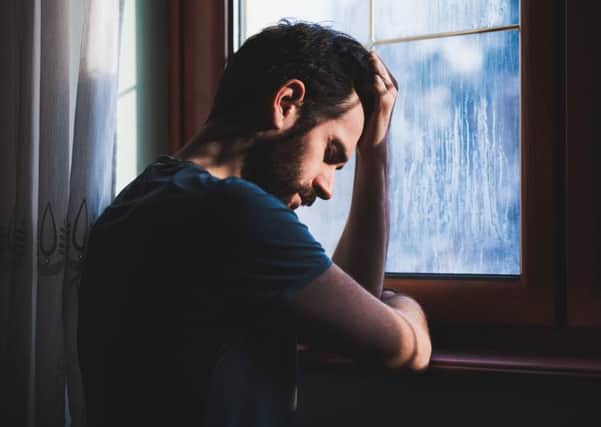Sandy Winterbottom: Withdrawal showed me pain is all in the mind


I started the slow, painful process of withdrawal from prescription painkillers just over six weeks ago. Ok, so it’s not like that scene from Trainspotting, but it’s no picnic. My journey into these drugs began after being plagued by chronic neck and shoulder pain, debilitating migraines and tension headaches. They were my last resort. It wasn’t just the pain but the constant brain fog and inability to think or even speak at times. They left me tired and washed out but it was instant relief and a small price to pay for being able to function once again.
With the pain gone (albeit from an ever-increasing dosage), I started to rebuild my life. I got good physio and stuck with it. I took up yoga, I changed my posture and my lifestyle. Withdrawal from painkillers was the last piece in the jigsaw. I’d tried many times before, but the pain returned with even the smallest reduction in dose.
Advertisement
Hide AdAdvertisement
Hide AdThat all changed when I started to read some of the latest research about pain. Our brain is what decides whether or not to create pain – often regardless of injury.
Sensory nerves around our body collect all the information and send it to the brain for processing. The brain, our primitive reptilian brain to be precise, decides if we are under threat and if it concludes that we are, then the result is pain. This happens if we are scared, stressed or upset and is exacerbated by negative emotions. Positive emotions and feelings of safety decrease the likelihood of experiencing pain.
To me, this made sense. My pain grew significantly worse after stressful events. I was afraid I wouldn’t be able to work. It fitted exactly with this new pain model. Once I understood this, I was able to let go of the psychological need for painkillers. I used mindfulness techniques to let go of the fear. Coming off the painkillers this time has been mostly pain free.
I expected withdrawal symptoms. What I didn’t expect though was the “me” left behind without them. I have this knot in my stomach and I feel a rising wave of anxiety.
I’ve always thought of myself as a laid-back person and I’ve worked to eliminate much of the stress from my life. I couldn’t put my finger on the root cause until my reptile brain started seeping its deepest fears into my sweat-fuelled dreams. My home being washed away by floods or storms, being displaced, being homeless, being powerless.
All deep-seated fears about societal security. No wonder. We live in precarious times and it’s happening to millions around the world daily.
Huxley’s Brave New World predicted a future where tyranny is unopposed by a populace with an infinite appetite for distraction. Replace Soma with a smorgasbord of prescription and non-prescription drugs, alcohol, food, gadgets, relentless entertainment and social media, where the truth is lost in an ocean of irrelevance. My name is Sandy and I am anxious.
Sandy Winterbottom teaches mindful movement in Stirling.